10 Amazing Scottish Animals & Where to Find Them
Scottish animals are curious creatures often found soaring the skies, splashing the seas, and scrabbling across the highlands! Home...
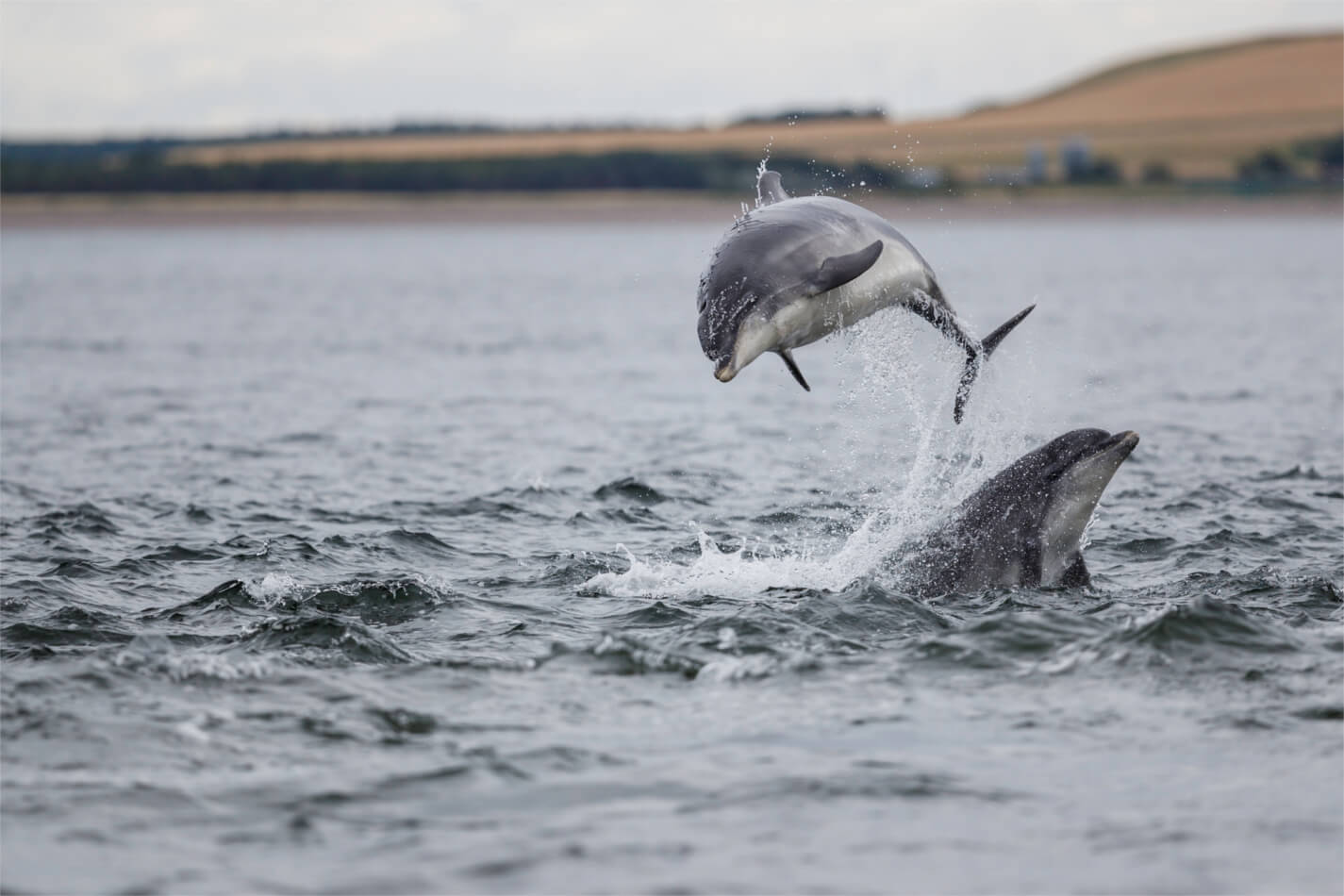
There are animals you associate with the UK and then there are some animals that you would never dream of encountering.
Dogs, cats, hamsters, budgies, sure! They’re a staple part of a lot of UK households. But venomous snakes, whales in the Thames, crocodile sightings in the River Avon, surely not?
We have collated a fascinating selection of 16 rare animals you can find in the UK…
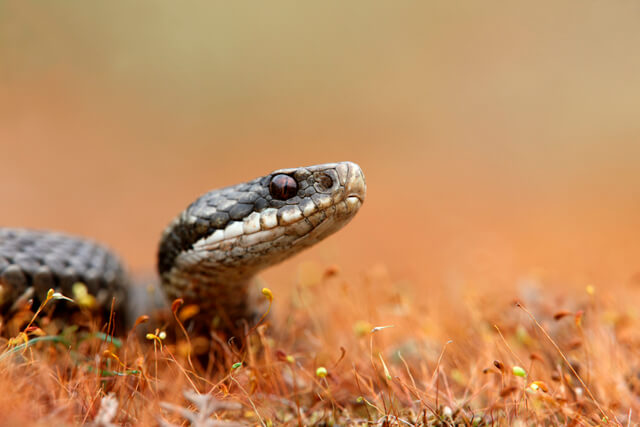
It may surprise you to hear, but the UK is home to its very own species of a venomous snake, the Adder (Vipera berus). But fear not, they are relatively docile creatures! They only use their venom if they are defending themselves, so take care where you tread!
Adders can be found dotted across most of the UK, particularly the South West of England, West Wales, parts of Scotland and even Yorkshire, making them one of many unusual animals you can find in the North York Moors.
On average, 100 people are bitten by adders each year, but very rarely are bites fatal. The last known UK adder bite fatality was recorded in 1975.
You’re most likely to see this wild animal in the UK from spring all the way to October when they go into hibernation. They are identifiable by a distinctive ‘zig-zag’ marking down their backs.
There are, in fact, four species of snakes that are native to the UK; the grass snake, smooth snake, barred grass snake and the adder. The barred grass snake is the newest identified snake species in the UK, after being discovered in 2017.

Red squirrels (Sciurus vulgaris) are widespread throughout Europe and Asia and can be spotted anywhere from the UK to Mongolia and China in their natural habitat of coniferous forest.
There are two species of squirrel found in the UK; the Grey and Red squirrels. While Grey squirrels have a large population of around 2.5 million, the Red squirrel’s population is closer to 5% of this figure, at around 120,000.
Red squirrels can usually be found in areas where there are no Grey squirrels; their population has been in decline since greys were introduced to the UK from North America. It’s estimated that 75% of the UK’s Red squirrel population is located in Scotland.
Autumn is the best time to spot a Red squirrel in the UK when they’re out foraging for nuts in preparation for the winter.
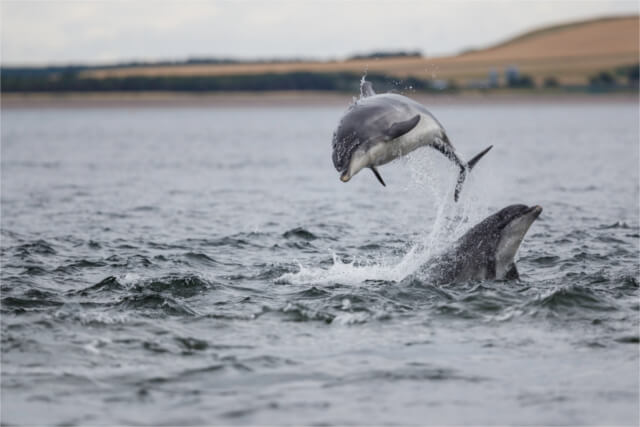
Think dolphins and you may think of a tropical island setting, watching them leap freely through crisp blue waves. But you can also find several species of dolphin much closer to home.
Bottlenose dolphins, Atlantic white-sided dolphins and the Common dolphin are just a few dolphin species regularly spotted in UK waters. The Bottlenose is the largest of these mammals, growing up to 4 metres in length, and is most likely to be spotted in Moray Firth, in North East Scotland.
Atlantic white-sided dolphins are very similar in colouring to the Common dolphin, with flashes of black, white and yellow, but Atlantic white-sided dolphins have a much smaller yellow colouring, usually to the rear of their bodies, along with a short beak. They are primarily found in the North Sea, off the coasts of North and North West Scotland.
Common dolphins, meanwhile, are much more animated and boisterous and are likely to be visible leaping out of the water off the South West and North West coasts of England, as well as the West coast of Scotland and Ireland.
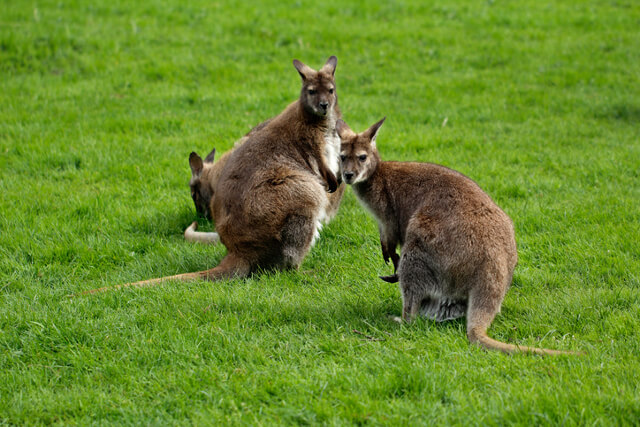
One of Australia’s best-known marsupials (meaning they carry their young in a pouch) can in fact be found in the UK too.
Best described as a smaller version of a kangaroo, Wallabies were deliberately introduced to the UK, and specifically to Loch Lomond, by Lady Arran Colquhoun in the 1920s. Red-necked Wallabies can still be found on this Scottish island living in the wild today.
There is also a small colony on the Isle of Man, thanks to two decedents who managed to escape from a nearby wildlife park!

Orca inhabits open water all over the world, from Iceland to the Antarctic, and are just one of many unusual animals you can find in Wales. Pods of Orca will migrate through Northern Scotland, the West coast of England and parts of Wales each year, feasting on Herring and Mackerel along the way.
These striking and intelligent mammals are protected in the UK under the Wildlife and Countryside Act, 1981 and there is only one resident group known to inhabit UK waters.
The ‘west coast community’ as they are often referred to, are a pod of 8 killer whales – 4 male and 4 female – who feast on other marine mammals. Unfortunately, no calf has been introduced into the pod for at least 20 years, meaning they likely face extinction in the future.
Orcas are instantly recognisable by their striking black and white colouring. While males and females are distinguishable by their dorsal fins; males’ are much taller and straighter, while females’ are shorter with a slight curve.
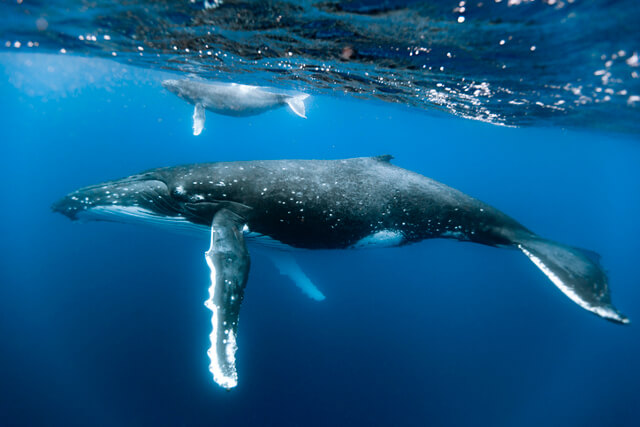
Our next UK animal may come as a real surprise!
The Humpback Whale is a large baleen whale (which refers to the filter-feeder system inside their mouths). When a whale takes in water, the baleen filters through any animals, like krill, and keeps it back for the whale to eat, whilst the water is pushed back out.
Humpback Whales are large mammals, often growing to 20 metres in length! They can be found across much of the UK, but most commonly in Shetland Isles and the Hebrides. They are increasingly being spotted in the Northern North Sea too. There have even been occasional humpback sightings on the South West coast and even in Norfolk!
They are identifiable by their ‘downwards smile’, as well as a small dorsal fin and a bumpy, lumpy body. They are usually dark in colour on top with a white underbelly, which is immediately recognisable when they are breaching.
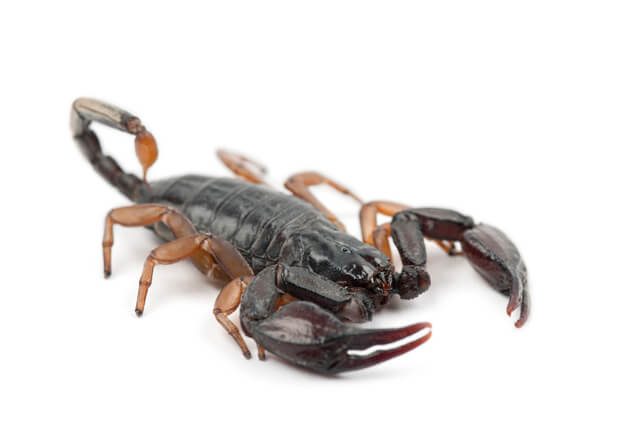
Sounds like something straight out of the I’m a celebrity… jungle doesn’t it? But there is in fact a species of scorpion that resides in the UK.
Yellow-tailed scorpions (Euscorpius flavicaudis) are managing to thrive in our mild UK climate, despite normally being associated with hot desert regions. The most successful colony can be found off Kent’s north coast, on the Isle of Sheppey. Here, there is thought to be up to 15,000! This includes a small colony that live in the brickwork at the docks in Sheerness.
Yellow-tailed scorpions tend to have large claws and thin tails and get their name from their distinctive yellow/brown legs and stinger. They are mildly venomous but are very rarely known to use their stinger.
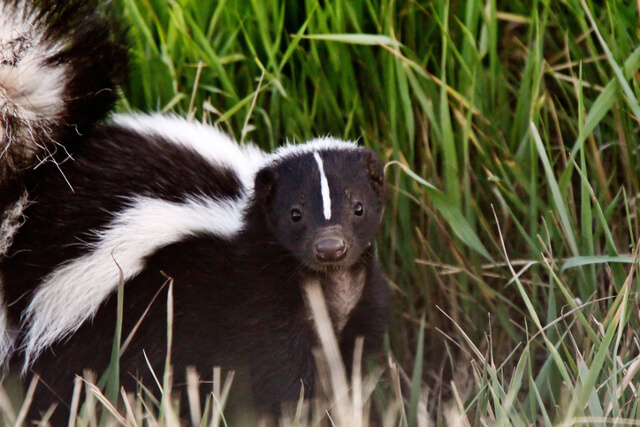
Presently there are no skunks thought to be living in the wild in the UK. However, back in 2009, there were several reports of skunk sightings in the Forest of Dean area.
Skunks were known to be kept as pets prior to this time, but more and more were being abandoned by their owners due to a change in the law in 2007. This meant they were unable to have their stink glands removed.
One was eventually captured and taken to a local wildlife centre. Another was reported as a rodent problem in a garden before the homeowner came face to face with the mammal.
Skunks are known for producing a foul-smelling odour and are nocturnal creatures, meaning they usually come out at night on the hunt for food. They are native to North and South America, Canada and Mexico.
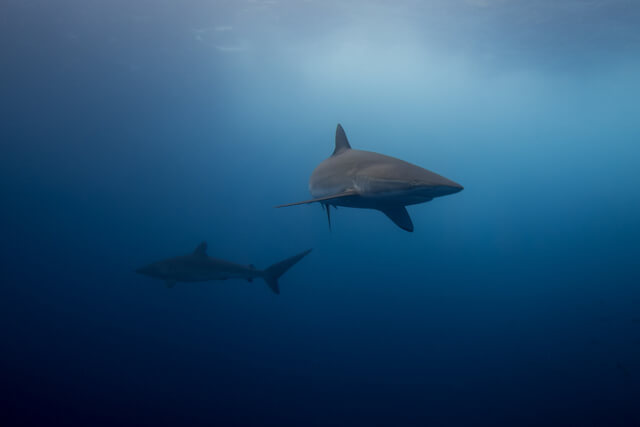
Do we need to be afraid to go back into the water? With the earth’s temperature rising, the seas are getting warmer too, attracting sharks to new territory. This is thought to be the reasoning behind an increase in UK shark sightings waters over the past few years.
According to Shark Trust, there are 32 species of shark to be found in the UK’s waters, 21 of which are present all-year-round and this number could rise significantly over the next few decades.
Shark species that have been spotted in the UK include the Basking Shark, which tends to be on the hunt for plankton during May – October. Also, the Porbeagle is frequently mistaken for the Great White as the two share similar features. Plus the Portuguese Dogfish and the now endangered Angelshark, of which encounters are becoming less frequent.
Of the 375 shark species known to man, there are about 12 that are thought to be dangerous to humans. The Great White, Tiger and Bull sharks are known to be the deadliest. They are responsible for the most attacks on humans on record. Luckily none of these has been seen in UK waters, yet!
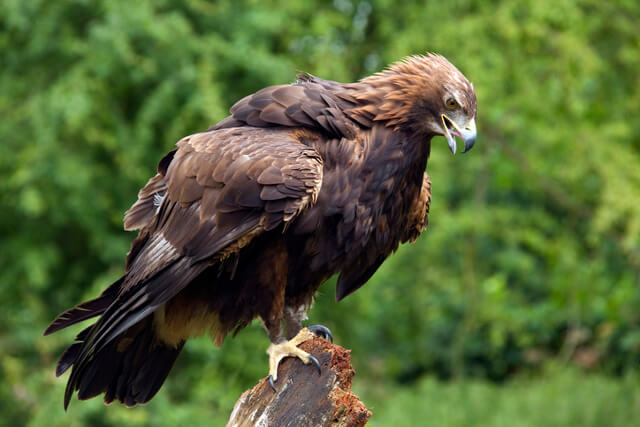
At the top of the pyramid of birds of prey, the remarkable golden eagle is one of many unusual animals you can find in Scotland, particularly in remote areas of the Highlands and the Hebrides.
In fact, nearly all known breeding Golden eagles in the UK can be found in Scotland.
The population of Golden eagles in the UK has been steadily increasing over the past two decades. This was after a period of many illegal killings, cases of poisonings and changes to the usage of large areas of land had led to their decline. They even became extinct in certain parts of Europe during the 19th century.
You may be lucky enough to see one of a few eagles thought to be living on the South West coast, while one pair successfully mated in the Lake District in recent years. But your best chance of seeing this remarkable bird of prey in action would be to pay a visit to Scotland.
According to the RSPB, Golden eagles are seen most often at full flight during displays that take place between the months of February and May.
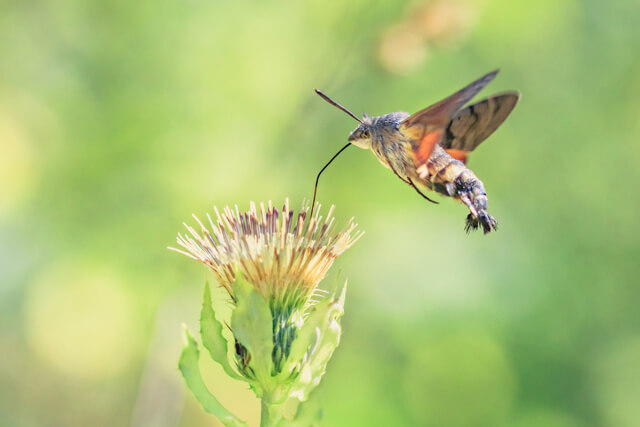
Part hummingbird, part moth? Not quite!
These fascinating creatures, sometimes known as sphinx moths, are known to frequent the UK during the summer months. They feed on the nectar of honeysuckle and many other flowers you could find in your garden.
It most likely gets its name from its distinguishable feature, a hovering flying motion, similar to that of the hummingbird. It’s usually grey-bodied, with a black and white tail, with splashes of colour coming in the form of its orange wings.
Hummingbird hawk moths migrate from Southern Europe during the summer months but can be found all over the world, as far East as Japan. In the UK, you are most likely to spot one in the South of England.
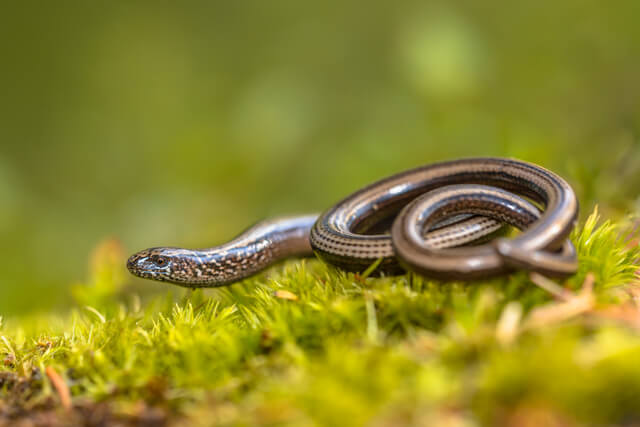
Is it a tiny snake? You could easily mistake the slow worm for a serpent, its alias after all is deaf adder. But this reptile is actually a legless lizard, proven by its ability to shed its tail.
According to The Wildlife Trusts, the slow worm is a protected species under the Wildlife and Countryside Act, 1981 and it is a criminal offence to intentionally kill one. It’s most likely to be seen during the warmer months, between March-October, which are outside of its hibernation period.
Although they are snake-like in appearance, slow worms are harmless and mostly feed on slow-moving prey, like slugs. They are found in most parts of the UK and favour grasslands and heathlands. They have a golden tone to their skin and males are usually paler than females in colour. Unusually for reptiles, they give birth to live young.
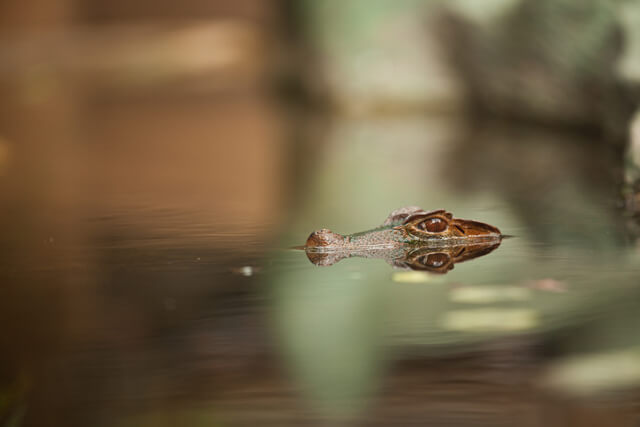
The infamous Bristol Crocodile rocked the city back in 2014 when it was allegedly spotted swimming in the River Avon, of all places, probably the last thing you’d be expecting to see on an afternoon stroll!
A picture was supposedly taken of the reptile, close to the Clifton Suspension Bridge, and prompted locals to put up big warning signs to alert people to the potential danger. There was even a dedicated police hunt earlier in the year but to no avail. It still remains to be seen, but many believe the photographic evidence that was captured offers unequivocal proof.
Some experts believe crocodiles could survive easily in UK waters. However, you’re more likely to find them in tropical climates, like Africa, Asia, Australia and America. They thrive in and around wetlands, rivers and lakes.
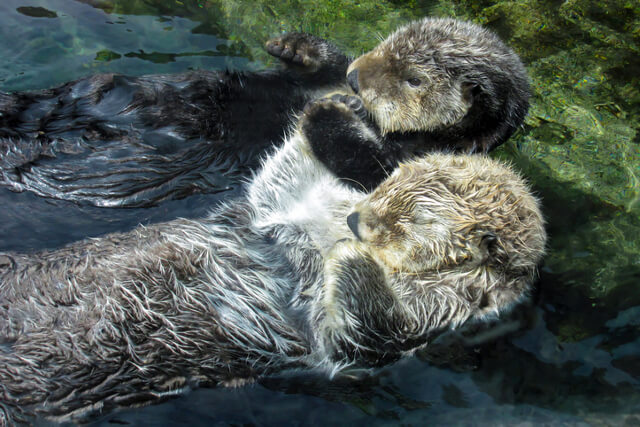
These cuties were all-but-extinct in England during the 1950s and 60s. However, after 30 years of steadily reintroducing them, you are now in with an excellent chance of seeing an Otter in the UK. They are thought to be present in every region of England!
Their original extinction was thought to have been caused by a pesticide that made its way into rivers and poisoned the Otter population. Once the root cause was discovered, the pesticide’s usage was banned and after a severe clean up of all affected rivers, the population steadily began to increase once more.
Otters are nocturnal creatures, so they’re pretty difficult to spot during daylight hours. The best place to see them is in Western Scotland, where many live on the coast and have developed into marine creatures.
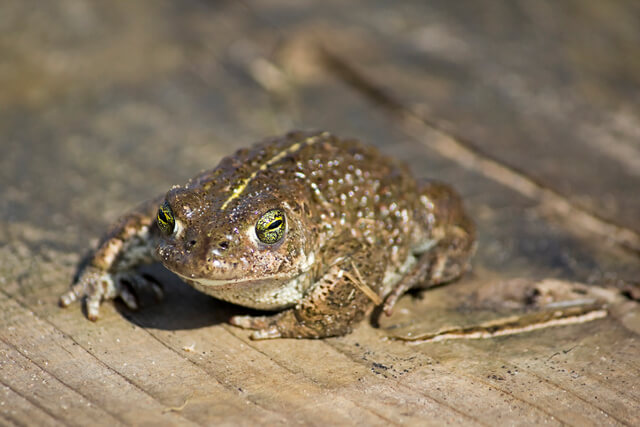
The Natterjack Toad is easily distinguishable by the yellow marking that runs in a line down the middle of its back.
Another protected species in the UK, these amphibians are generally quite small, growing to a maximum of 8cm. They are very rare and difficult to find in the UK, with only one or two colonies believed to be remaining. Both of which can be found in the South East region of England!
You are most likely to spot one during the spring and summer months. And they prefer to inhabit coastal locations, ideally around shallow pools, heaths and marshes.
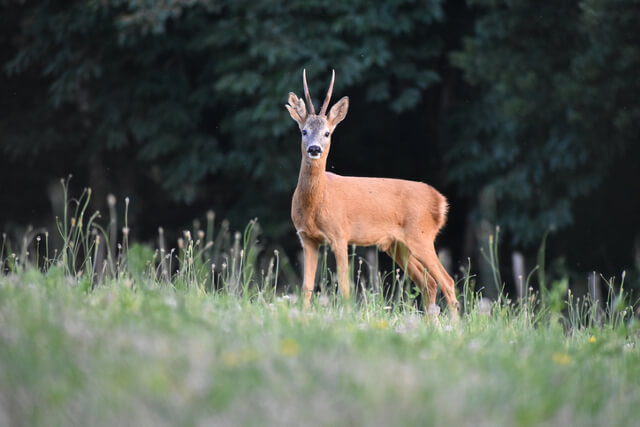
The Roe Deer’s coat changes colour throughout the year. However, they are easiest to identify during the summer months when they turn a rusty red shade.
They are tailless with long, pointy ears and the males have small antlers, as you can see above. Their faces are mostly black, particularly around their eyes and noses, and they grow to about 25kg.
Roe Deer are one of two deer species that are native to the UK. Both can be found all over England and Scotland, particularly in woodland and farmland areas. Fascinatingly, if Roe Deer feel alarmed or threatened, they are known to make a barking sound, similar to a dog.

Intrigued by these UK animals? Be sure to check out our other Wildlife blogs and for further UK travel inspiration, have a look at our very own Travel Guide.
Image Credits: 16 Rare and Unusual Animals infographic supplied by GardenBird – The UK’s no. 1 Quality Bird Food Supplier.
Are you on the phone to our call centre? Your Customer ID is:
Get involved in the Discussion